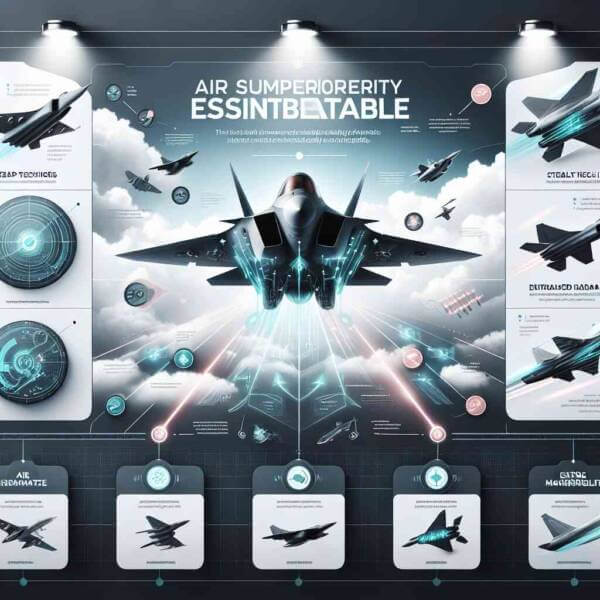Military Aviation: Understanding Its Power and Evolution
Military Aviation: Understanding Its Power and Evolution
Blog Article

The use of aircraft in military operations provides strategic advantages.
Nations invest heavily in military aviation to protect national interests.
History of Military Aviation
As technology advanced, airplanes were adapted for offensive operations, changing the nature of warfare forever.
Major milestones in military aviation history include:
- Development of air combat tactics
- Massive growth in air power
- Rapid development of jet technology
- Modern drone warfare
Each era brought new technologies that pushed the limits.
Different Roles of Military Planes
Understanding the types of military aircraft helps in appreciating the complexity of modern air forces.
Common categories of military aircraft are:
- Planes built for speed and agility
- Aircraft for long-range attacks
- Transport aircraft
- Reconnaissance and surveillance drones
Each type plays a vital role in military operations, from supporting ground forces.
The Strategic Value of Military Aviation
Air superiority is essential for achieving military success.
Strategic advantages of air dominance:
- Protecting ground forces
- Targeting infrastructure and logistics
- Gathering critical intelligence
- Psychological impact on enemy forces
Nations with strong military aviation capabilities can shape outcomes.
Technological Innovations in Military Aviation
Constant research and development push boundaries for future warfare.
Cutting-edge developments:
- Low-visibility planes
- Hypersonic weapons
- Artificial intelligence-driven missions
- Directed energy weapons
These advancements expand mission possibilities for air forces worldwide.
Risks and Limitations
Despite technological superiority, military aviation faces numerous challenges.
Major obstacles to overcome:
- Expensive research and operations
- Need for constant upgrades
- Protecting systems from hacking and sabotage
- Questions about accountability and control
Addressing these challenges is crucial to staying ahead.
Where Military Aviation is Heading
Nations will continue investing in space-based systems to maintain strategic advantages.
Future trends may include:
- Autonomous mission planning
- Military satellites and space-based weapons
- Eco-friendly military aircraft
- Enhanced multinational cooperation
The next era of military aviation will redefine defense.
Final Thoughts on Military Aviation
Military aviation remains a decisive factor in global defense.
As technology continues to evolve, the skies will remain a vital domain where military click here aviation shapes the world order.
The future of military aviation is limitless — and it’s only just beginning. Report this page